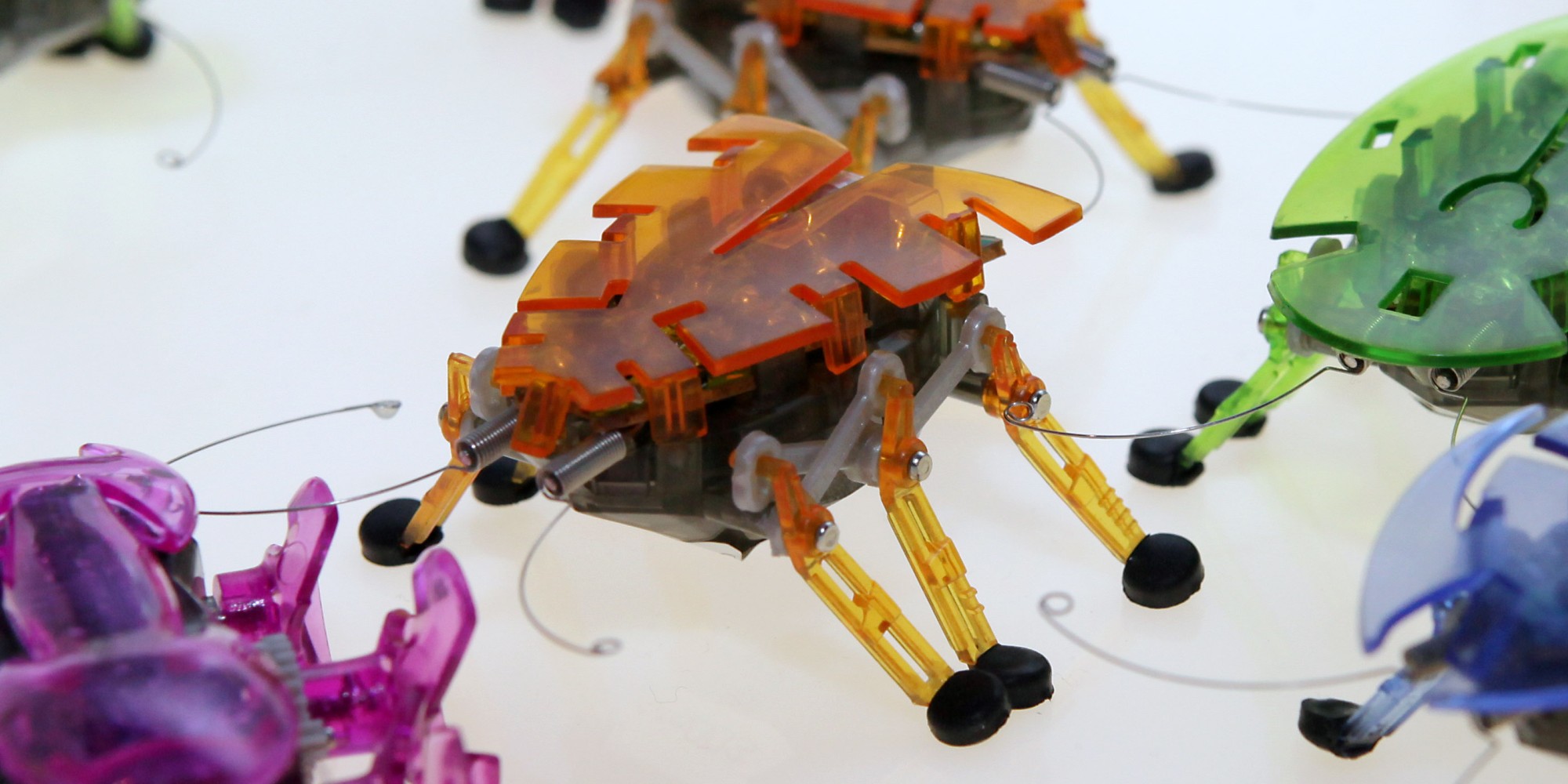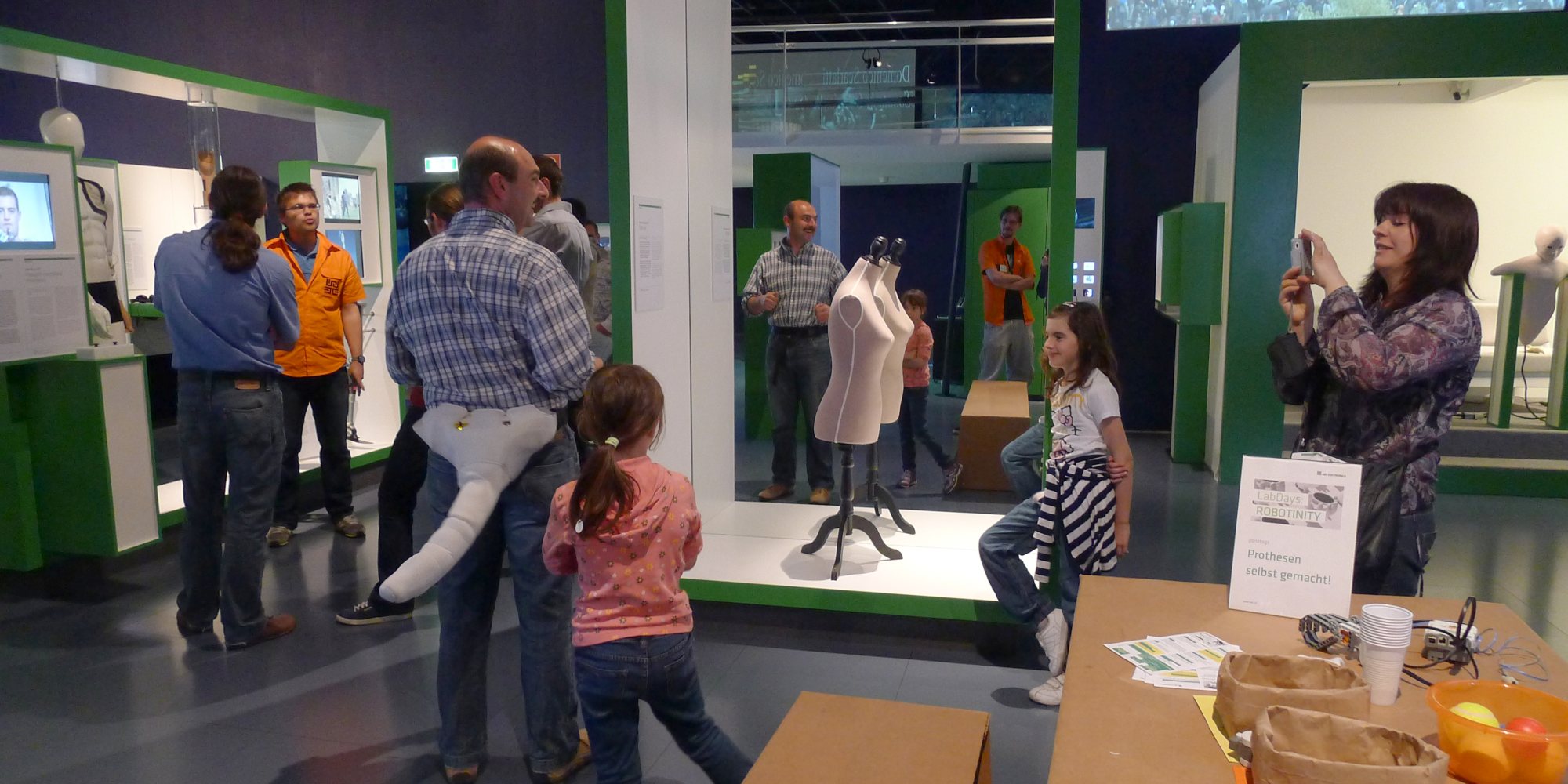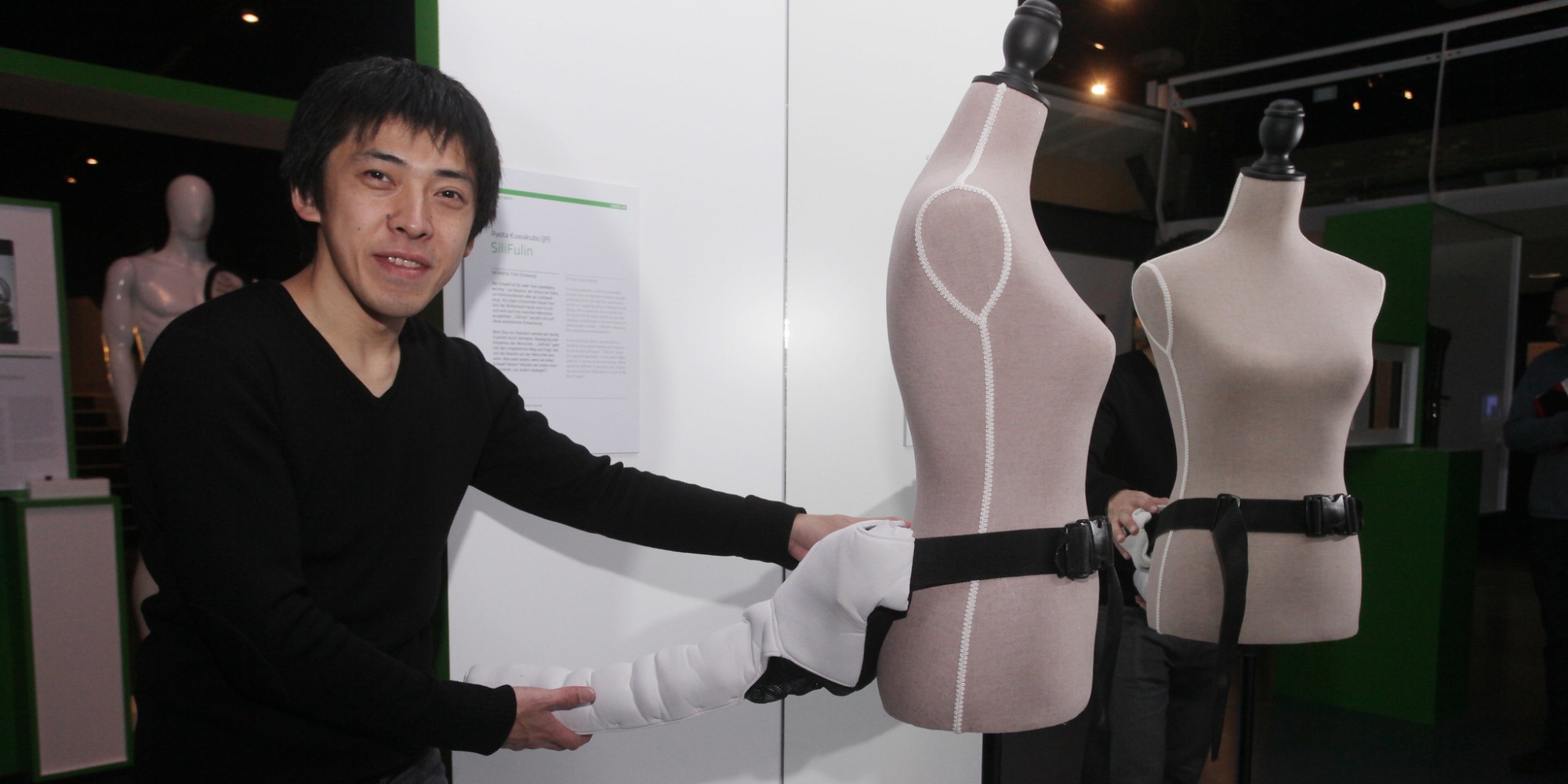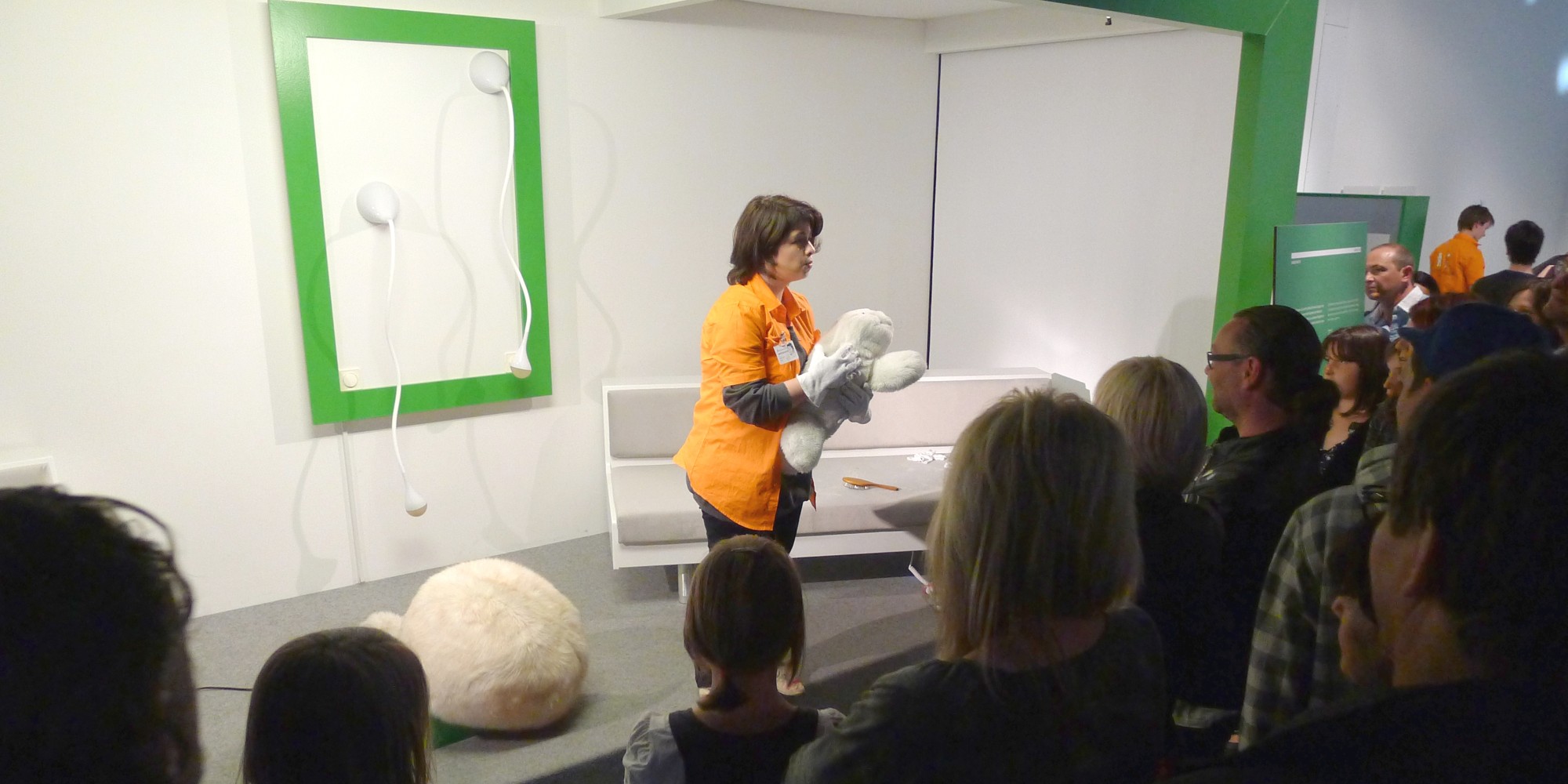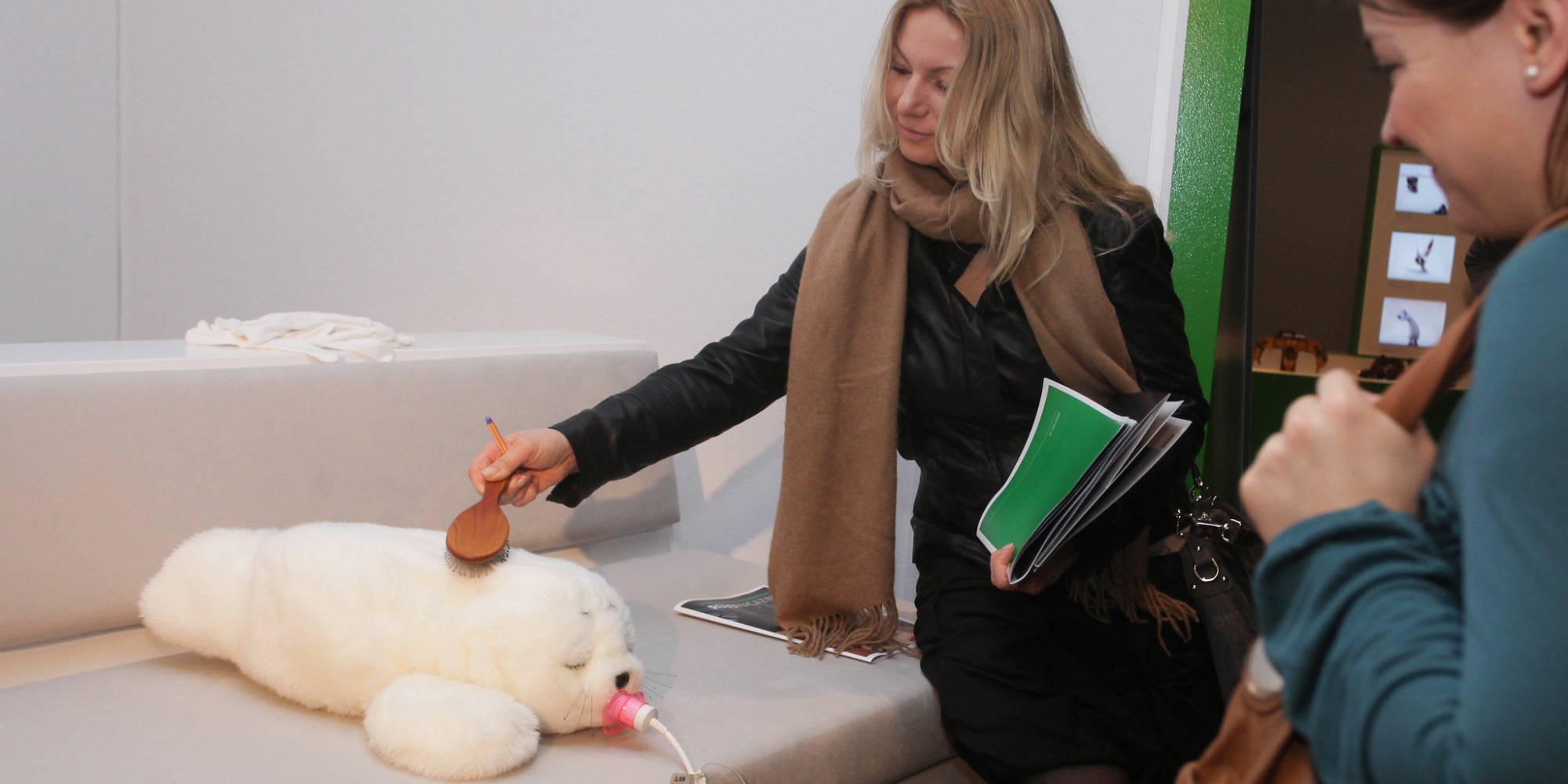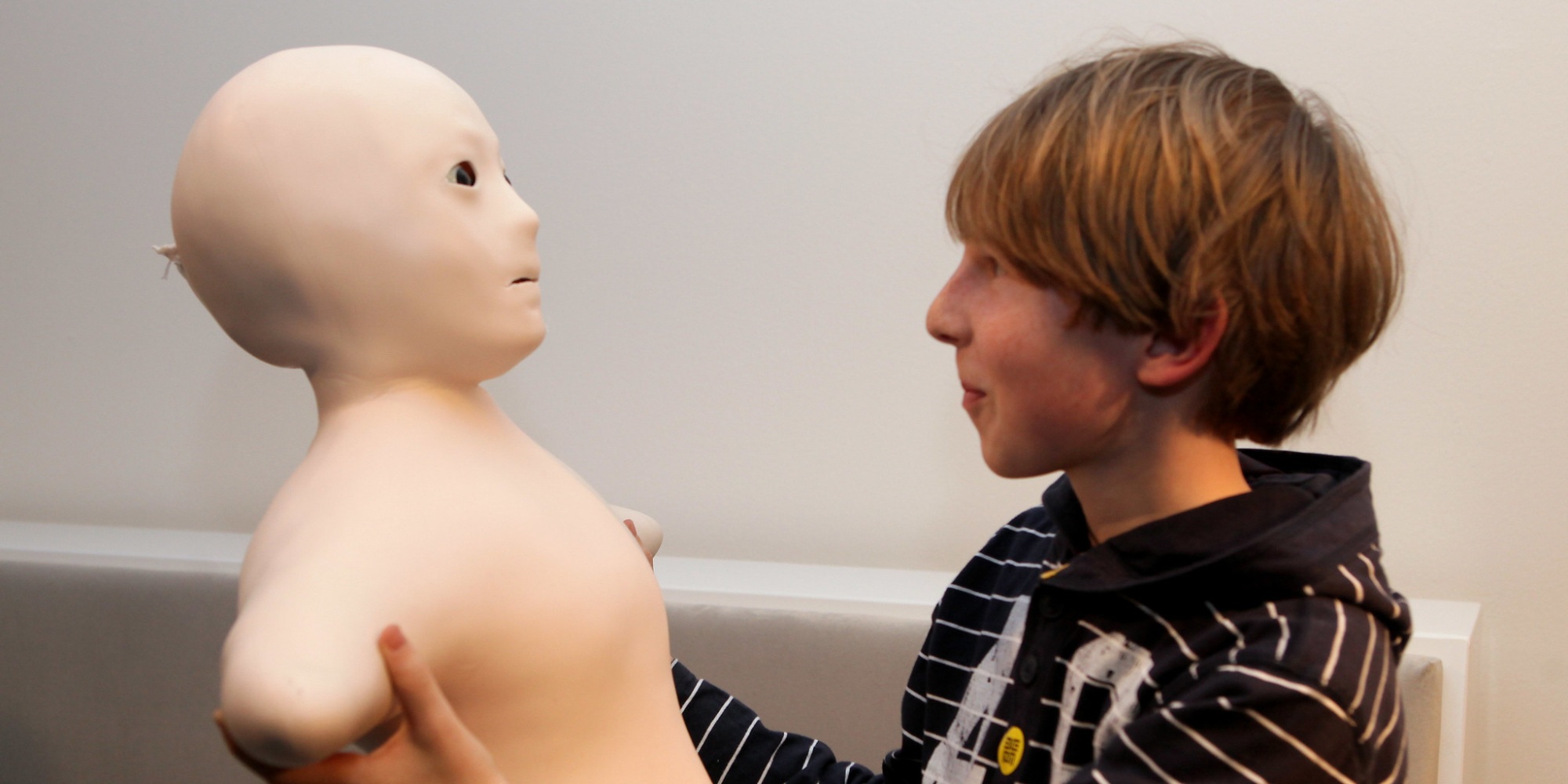Human beings have been developing machines for thousands of years. But what drives us on to do so? Is it the urge to understand and recreate nature and its processes? Is it perhaps our audacious pretensions to be capable of improving on the world as it is? Or are we just curious?
“What Machines Dream Of” is an exhibition that nicely complements that year’s festival theme. It brought together artistic machines that, in contrast to their counterparts in industry and commerce, have absolutely nothing to do with rationality and perfection. These machines of breathtaking beauty are simply enchanting.
What would we discover over the course of an archeological excavation of the early 21st century’s high-tech metropolises? Which artifacts and historical evidence would come to light and what stories would they tell us about how people began to increasingly comingle nature and technology, to replace nature with technology, and to allow technical devices to make deep incursions into our bodies and even our brains?
The exhibition in the Ars Electronica Center’s RoboLab put people right at the epicenter, delivering close-up looks at the multifarious technical and cultural developments that determined the route into this future that humans have come to share with their machines.
- From old-fashioned prostheses to brain implants and futuristic nanorobots that travel through our blood vessels
- From wind-up toy robots to high-tech robotics employed in medical therapy and telecommunications
- A lab for examining questions about social interrelationships among humans and machines
The term Robotinity and the exhibition of the same name are emblematic of how robots and humanity are growing ever closer together. On display here are examples of this from art, design and science that clearly illustrate how intensively humankind and robots are already living and working together.
Three works by Hiroshi Ishiguro (JP) and Ryota Kuwakubo (JP) in this exhibition have been created especially for Ars Electronica 2011.
Telenoid is the creation by robotics expert Hiroshi Ishiguro (JP). It applies parameters of behavioral psychology to utilizing a new form of telecommunication. The Telenoid resembles a baby; during a telephone conversation, you hold it in your arms. Every change in the speaker’s voice is reflected by the robot’s facial expression. In interpersonal communication, it serves as a three-dimensional medium that can also get across body language.
In constructing robots, we are often inspired by how people behave and move or by the human physique. Ryota Kuwakubo (JP) takes a totally different approach in SiliFulin (hip swing), a robot equipped with a tail and a corresponding repertoire of movements.
In Lost #2 Ryota Kuwakubo (JP) dissociated the connection between useful value and functionality. Here, he let the shadows of common household implements dance along walls and form poetic objects or strange landscapes. A simple strainer morphed into a majestic skyscraper, a light bulb into a whole power plant.
Have a look at Episode 4 of Inside Futurelab: 25th Anniversary Series on Humanity & Robotinity

Robotinity – An Introduction
Entering the Ars Electronica Center’s Main Gallery, the AEC’s largest exhibition space, brings you face-to-face with “New Views of Humankind.” The installation is divided into four themes, which this blog will elaborate on over the coming weeks. Let’s start things off with Robotinity.
